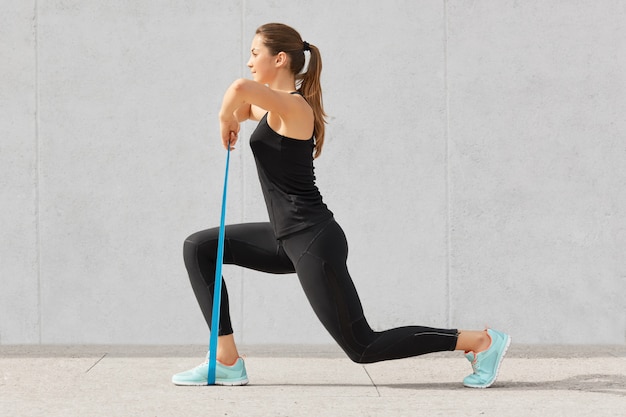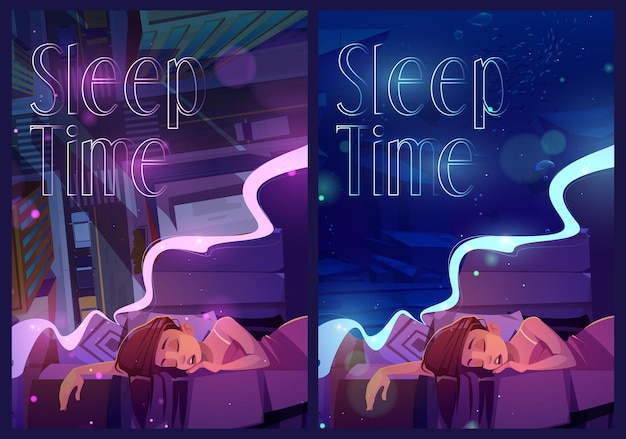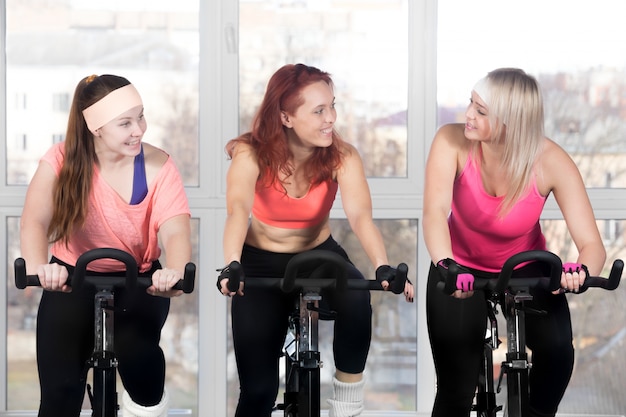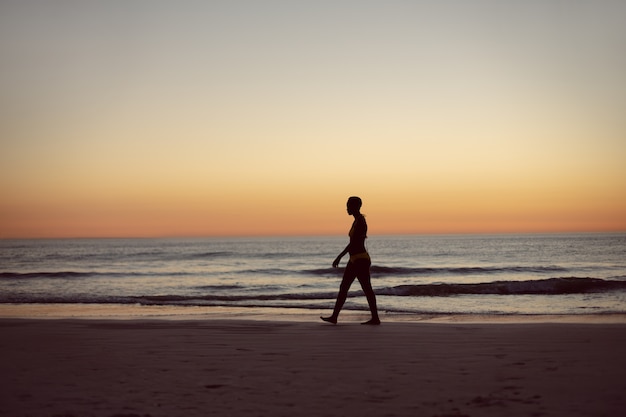Struggling to fall asleep or stay asleep? You're not alone. Millions of adults face sleep challenges, especially as they age. While many turn to cardio for better rest, emerging research suggests resistance exercise may be even more effective. According to recent studies, strength training—particularly with tools like resistance bands—can significantly improve sleep quality, duration, and onset.
The good news? You don’t need a gym or heavy weights. Resistance bands are affordable, portable, and perfect for low-impact strength training at home. This article outlines 8 actionable ways to use resistance bands to sleep better, with clear progress checks so you can track improvements over time.
Performing light resistance exercises 1–2 hours before bed helps signal your body that it’s time to wind down. Gentle band work increases blood flow and body temperature slightly, followed by a natural drop that promotes drowsiness.
Action Step: Do 2 sets of 10 reps each for seated rows, shoulder presses, and leg presses using a light-resistance band.
Progress Check: After one week, rate your ability to fall asleep on a scale of 1–10. Aim for a 2-point improvement within two weeks.

Stress and muscle tension are common causes of insomnia. Resistance bands help build and then release muscular tension, which can calm the nervous system.
Action Step: Try isometric holds—pull the band taut and hold for 15 seconds, then release slowly. Repeat for arms, shoulders, and legs.
Progress Check: Track nightly stress levels in a journal. Look for a reduction in ‘high-stress’ nights within 10 days.
Morning or afternoon resistance training helps regulate circadian rhythms. Studies show that consistent strength work increases melatonin production at night, leading to earlier sleep onset.
Action Step: Perform a 15-minute band workout (squats, chest presses, rows) at the same time daily for 2 weeks.
Progress Check: Note your bedtime and time to fall asleep. Aim to fall asleep 15 minutes faster by day 14.
Poor leg circulation can cause restlessness at night. Resistance band exercises like leg lifts and seated kicks enhance blood flow and reduce nighttime twitching.
Action Step: Do 2 sets of 12 reps of banded leg abductions and seated knee extensions daily.
Progress Check: Count how many nights per week you experience leg discomfort. Target a 50% reduction in two weeks.

A weak core can lead to poor spinal alignment, causing discomfort that disrupts sleep. Resistance bands enhance core stability through controlled movements.
Action Step: Add banded standing twists and pallof presses (anti-rotation) to your routine 3 times a week.
Progress Check: Rate sleep comfort from 1–10. Look for improved scores after 10 sessions.
Resistance training improves proprioception—your body’s sense of position. This heightened awareness makes it easier to relax into bed and stay still.
Action Step: Practice slow, controlled band pull-aparts (3 sets of 15) with focus on form and breathing.
Progress Check: Monitor how long it takes to feel ‘calm’ in bed. Aim to reduce this time by half within two weeks.
Joint discomfort often interrupts sleep. Resistance bands offer low-impact strength training that supports joint stability without strain.
Action Step: Perform banded knee extensions, ankle circles, and shoulder rotations daily.
Progress Check: Track pain levels before bed. Target a 30–50% reduction in joint discomfort over 14 days.

Pairing resistance band exercises with a bedtime routine strengthens the mental association between movement and sleep.
Action Step: Create a 20-minute wind-down: 10 minutes of light band work, followed by stretching and deep breathing.
Progress Check: After 21 days, assess routine adherence. Aim for 18+ completed sessions.
Better sleep doesn’t always require medication or drastic changes. Simple, consistent resistance band exercises—backed by science—can improve sleep quality by calming the mind, relaxing the body, and regulating biological rhythms. Start with one or two strategies, track your progress, and build from there. Over time, you’ll likely notice falling asleep faster, staying asleep longer, and waking up refreshed.
Your journey to better sleep starts with one stretch, one pull, and one night at a time.

Wellness

Wellness

Wellness

Wellness

Health

Wellness

Wellness

Wellness

Wellness

Fitness

Fitness

Wellness

Health

Fitness

Health

Health